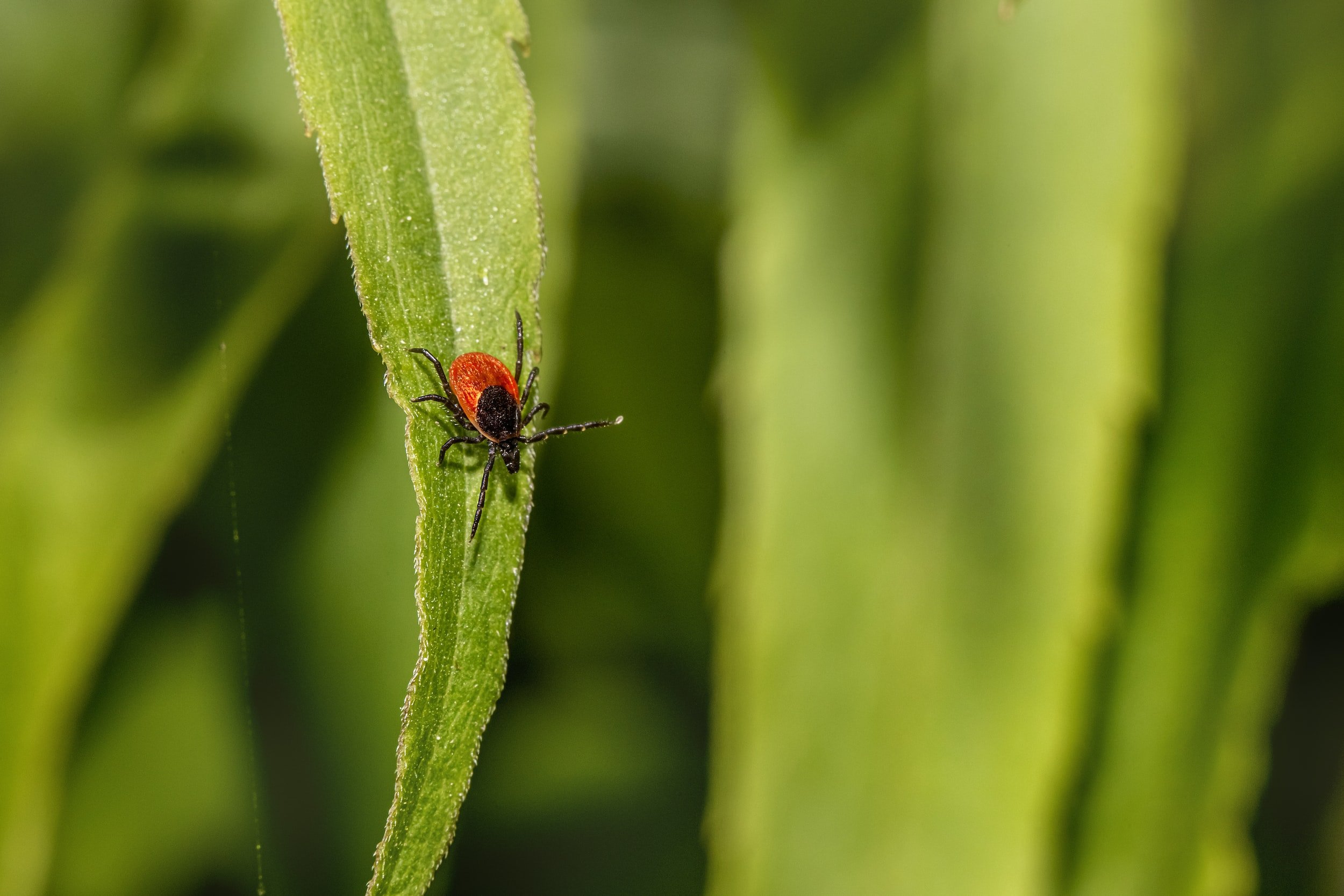PEST CONTROL MYTHS

Some myths are fun to share, but others can actually have dangerous consequences. Hundreds of myths leave some well-meaning people using inadequate or dangerous methods for pest control.
At Aspenn Environmental, we’re experts in pest control—so let us be the mythbusters! Check out some of the pest control myths we’ve collected over the years and learn the truth about each.
-
The Truth:
Scent does not determine effectivity. You’re already suffering through pest problems—there’s no need to suffer through a terrible smell, too! That’s why we’ve worked hard to make sure our treatments are highly-effective with minimal odor.
-
The Truth:
Humans are just as appealing to fleas as dogs and cats are. So don’t assume that you need to have a pet on the premises to attract fleas. The odds of a flea infestation are significantly lower if you don’t have pets, but it doesn’t guarantee that you won’t have problems with fleas.
-
The Truth:
Thomas Mather, a professor of public health entomology at the University of Rhode Island and director of the nonprofit TickEncounter© Resource Center, says, “There’s really only one way you get a tick-transmitted disease and that’s from a tick bite. Reducing tick abundance in your yard where you spend a lot of time, wearing tick repellent clothing everyday, treating pets every month with tick repellent spot-on products, getting into a habit of doing a quick body scan for attached poppy-seed sized or larger ticks, and pulling ticks off quickly and safely are all great actions for preventing tick bites.” (Thomas Mather’s “Think T.I.C.K Take ACTION!” strategy and toolbox as well as other resources for tick-safe living are available on tickencounter.org.)
-
The Truth:
Actually, ticks can be active when the temperature above freezing and can be especially active in winter when temperatures reach around 45 degrees.
-
The Truth:
Ticks live in moist and humid environments, particularly in or near wooded or grassy areas. And according to the Centers for Disease Control and Prevention, “Ticks find their hosts by detecting animals’ breath and body odors, or by sensing body heat, moisture, and vibrations. Some species can even recognize a shadow. In addition, ticks pick a place to wait by identifying well-used paths. Then they wait for a host, resting on the tips of grasses and shrubs. Ticks can’t fly or jump, but many tick species wait in a position known as ‘questing.’ While questing, ticks hold onto leaves and grass by their third and fourth pair of legs. They hold the first pair of legs outstretched, waiting to climb on to the host. When a host brushes the spot where a tick is waiting, it quickly climbs aboard. Some ticks will attach quickly and others will wander, looking for places like the ear, or other areas where the skin is thinner.”
-
The Truth:
The Truth: According to the Centers for Disease Control and Prevention, there are about 3,500 species of mosquitoes and each has its own favorite food source from fruits and nectar to animal and human blood. Of the species that bite humans, it is only the females that go for our blood—they need the protein to produce their eggs.
-
The Truth:
There is a greater tendency for mosquitoes to breed and live in stagnant and highly concentrated water. As the water gets more concentrated, it has a higher potential to get contaminated and the chances for a mosquito to bring viruses and diseases could even be greater.
-
The Truth:
You don’t have to see evidence of pests to have a pest problem. Many pests do quite a bit of damage before the signs become obvious. The best way to avoid pest problems is prevention by a professional.
-
The Truth:
Most mosquitoes are active then, but their activity is not limited to these times. Mosquitoes search for meals (blood) whenever they prepare for reproduction—this can be at any time of the day. Mosquitoes are most known for the itchy, red welts they leave, but a bigger threat is their ability to transmit the West Nile virus.
-
The Truth:
If you’re dealing with moderate to severe pest problems, the pest control solutions you can buy at stores like Home Depot, Lowe’s, and Walmart aren’t going to be effective. To put an end to your pest problems, you need a licensed professional trained in the latest treatments and techniques.
-
The Truth:
Manufacturers claim that the ultra-high frequency sound waves distributed by ultrasonic repellers chase away all kinds of pests. But there is actually very little scientific evidence that shows whether these devices are effective at controlling pest issues temporarily or permanently. So don’t waste your money—consult a licensed professional to control pests correctly.
-
The Truth:
Since insects transmit many major diseases, they do pose serious threats to your health and home. Don’t treat pest control casually—it’s a serious issue!
-
The Truth:
Tick bites are actually painless. If you do get bit by one, you may never know! While this doesn’t seem so bad, if the tick carries Lyme disease or another disease, you could go weeks without knowing you have been infected. And, while most people infected with Lyme disease will get the telltale “bullseye” rash, not all do. So, if you experience flu-like symptoms midsummer, play it safe—be sure to visit your doctor and get tested for Lyme disease.
-
The Truth:
If you already have a pest problem inside your home, it will need to be addressed on its own by a pest control professional. Treating the perimeter only prevents the bugs from entering and the need to have an exterminator apply harsh chemicals inside your home, proving this is best when done before they get inside!
